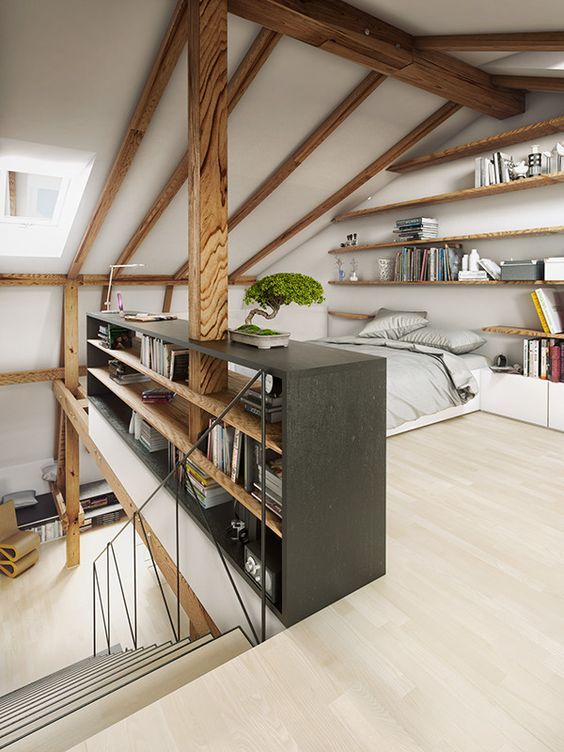How to Choose the Right Insulation
Insulation is the barrier which helps to reduce heat transfer in your home. This can be achieved by placing insulating materials where air escapes, such as between the cavities inside the walls and in the attic. By doing so, homeowners save approximately 15 percent of the normal heating and cooling costs and more than 10 percent on total energy costs each year. This equals a 200 dollar saving a year for the typical homeowner. Besides these savings, insulation also increases the comfort level of your home by guarding it from extreme cold or heat.
However, homeowners can be overwhelmed with the various types of insulating materials available. This article will give you basic information on how to choose the right insulation for your house.
Things to Consider
When making a choice about insulation, you should keep in mind the level of thermal regulation (typically expressed in something called “R-Value”), air tightness, moisture management, sound-proofing and fire resistance of the materials. Respectively, these measurements tell you how well the materials regulate heat, air, moisture and sound, as well as prevent fire. The higher the number, the better the performance.
While the R-Value is prominently displayed when you go shopping for insulating materials, the other four measurements are not. The sellers may want to hide that information so they can sell your more expensive products, so be a smarter customer and learn about all these measurements and what your home’s insulating materials should perform with regards to regulating heat, air, moisture and sound. For example, if you live in a particularly lively neighborhood, you may need to value sound-proofing above the other four measurements.
Common types of insulating materials
1. Spray foam
Spray foam, also known as polyurethane foam, is an excellent form of insulation. It has an R-Value of approximately R-6.3 per inch of thickness. It is noted by spray foam specialists that even lower density spray foam has a high R-Value of 3.6 per inch of thickness, which is more than most insulating materials. It is also relatively light, hence, it is good for sealing air, moisture and trapping sound. Another advantage of this type of insulation is it is fire resistant. Unlike fiberglass, however, you need a good deal of specialized equipment to install spray foams into your house, so you should definitely seek experts’ help.
2. Fiberglass
Fiberglass is the most common insulation used, and it is for a good reason. It is cheap to make and to buy, and it is also an excellent insulation material, with R-Values ranging from R-2.9 to R-3.8 per inch. If you are looking for an economic option, this is definitely the way to go; however, you need to take safety precautions when installing fiberglass in your home. As fiberglass is essentially finely woven silicon, it contains many tiny shards of glass that could damage your eyes, lungs and even skin if the proper equipment isn’t worn. Nevertheless, when the proper safety equipment is used, it is usually not a problem to install it by yourself.
3. Cellulose Insulation
Made from recycled cardboard, paper, and other similar materials, cellulose insulation is perhaps one of the most eco-friendly forms of insulation. With an R-Value between R-3.1 and R-3.7, it is also good at regulating heat. Furthermore, due to the compactness of the material, cellulose contains next to no oxygen within it which makes it an excellent fire resistance material. In the event of fire, cellulose insulation in the walls can act as a shield against fire, thus mitigating a lot of the damage. However, there are also certain downsides to this material as well, such as the potential allergies that some people may have to newspaper dust. Furthermore, cellulose insulation is hard to install in comparison to other types such as fiberglass.
4. Polystyrene
Similar to spray foam (polyurethane foam), polystyrene is also a foam-type insulating material. But instead of being sprayed like polyurethane, polystyrene foam is created or cut into blocks, which is ideal for wall insulation. Polystyrene is good at regulating heat, trapping sound and moisture. While there are different types of polyurethane foam, their R-Values are normally around 4 to 5.5, which are better than other materials. However, the material is also noticeably more expensive than others, as it requires a certain fireproofing chemical called hexabromocyclododecane (HBCD) which poses some health and environmental risks to the homeowners if not managed properly.
Choosing the right type of insulation is often neglected in homeowners’ consideration when upgrading their homes, especially when compared to other matters such as buying furniture or renovating the garden. However, choosing the right insulation is very important as it does not only save you money, but also has a dramatic effect on the comfort on your home.







